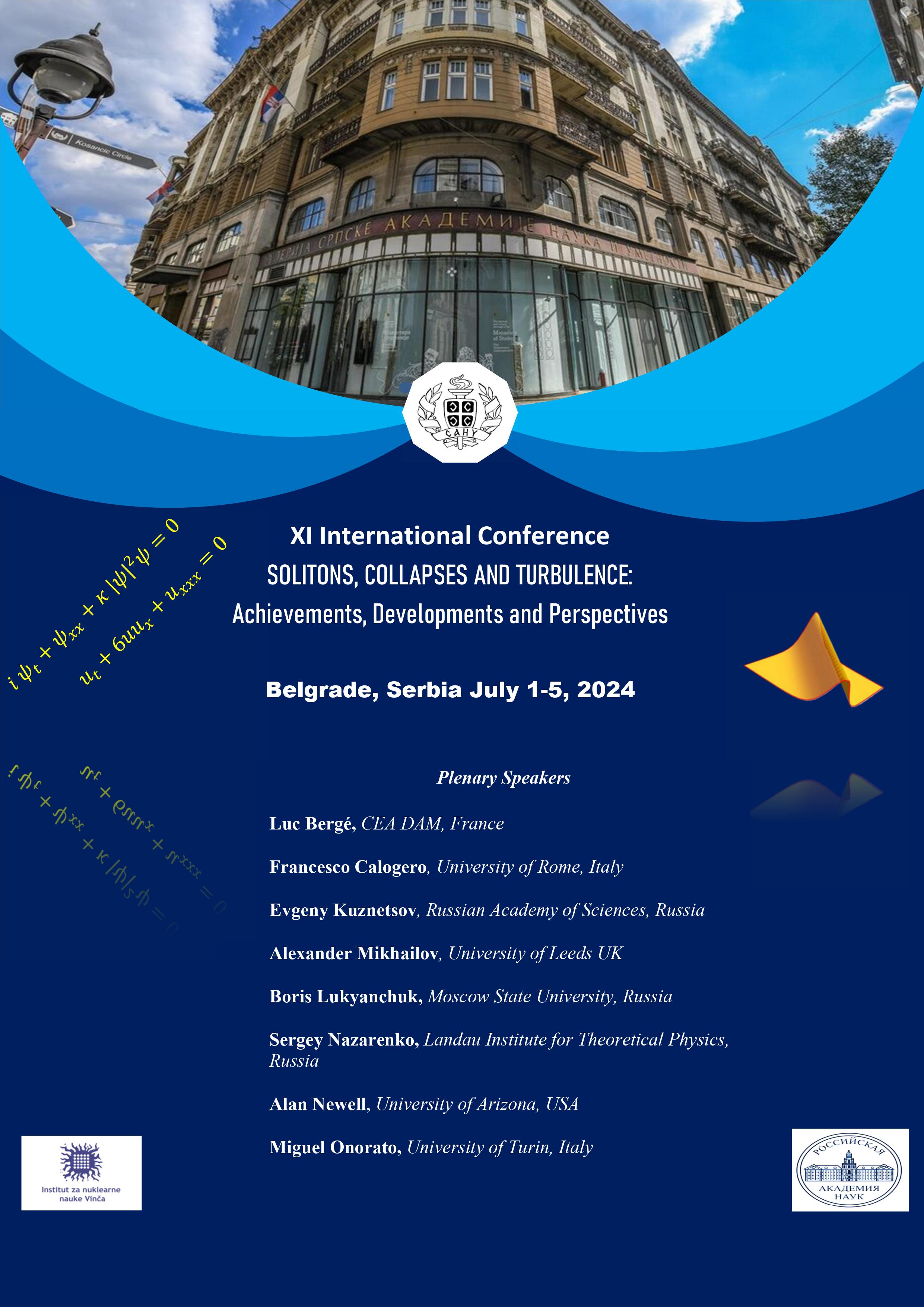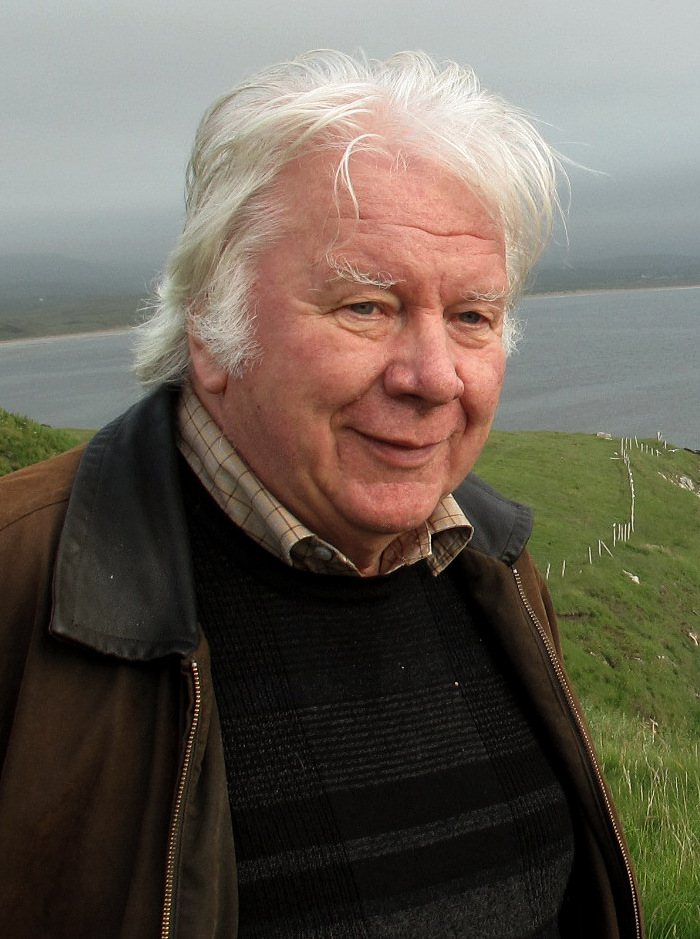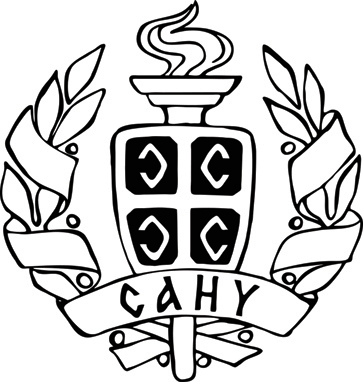- Nonlinear optics;
- Plasma physics;
- Hydrodynamics;
- Solid state physics;
- Differential geometry;
- String theory;
- Gravity;
- Soliton theory,
- Integrable Systems;
- Wave collapse physics;
- Turbulence and chaos.
The topics of the SCT-2024 conference correspond to the main contributions and remarkable achievements of Professor Zakharov in Nonlinear Sciences, Mathematics and Physics. The conference will cover a broad spectrum of problems within these areas of crucial interest to Professor Zakharov. All these basic problems depend significantly on seminal ideas which he has introduced over a long and creative career.
The first theme is the theory of Integrable Systems. One of Zakharov's first major contributions (in collaboration with A.B. Shabat) were made in this area related to the integrability of the nonlinear Schr\"odinger (NLS) equation which is the basic model in nonlinear wave physics. This discovery, and more importantly the method they used to make it, convinced the scientific community that the KdV phenomenon was not just an isolated incident. The method, which came to be known as the Zakharov--Shabat dressing technique, has been a major catalyst for many novel developments that include quantum groups, conformal field theory, and string theory.
The second area of Zakharov’s scientific activity is related to the coherent nonlinear phenomenon known as collapse or blow-up. Zakharov's early interest in this phenomenon in optics and plasmas has remained strong throughout his career. Zakharov's work in the early 70's, in which the Langmuir wave collapse was first described, laid the foundation for the theory of wave collapse. This work dramatically changed the understanding of plasma turbulence and also of dissipation mechanisms of high-frequency wave turbulence under collective heating conditions by electron beams or high-frequency electromagnetic fields as particular cases. The problem of collapse or blow-up for the NLS equation in higher dimensions, which Zakharov has studied since 1968 and where he has seminal contributions, is one of the landmark questions up to now in this area.
The third area of the remarkable Zakharov's contributions to the weak turbulence theory, dating from 1966-1967, are connected with the discovery of the Kolmogorov-type turbulent spectra as exact solutions of kinetic equations for water waves which 20 years later were confirmed experimentally.
These spectra now are named as the Kolmogorov-Zakharov spectra. They were found for many physical systems in plasma, optics, geophysics and solid state physics.






